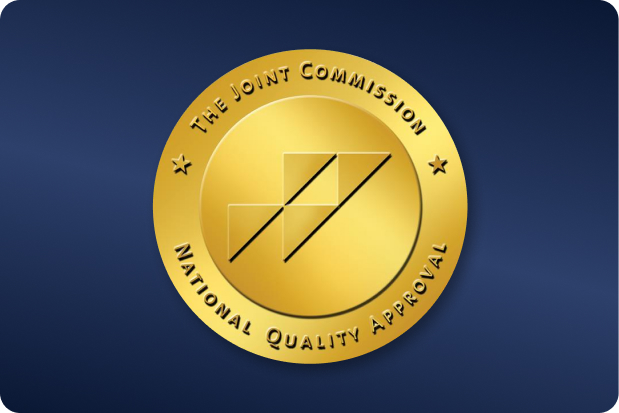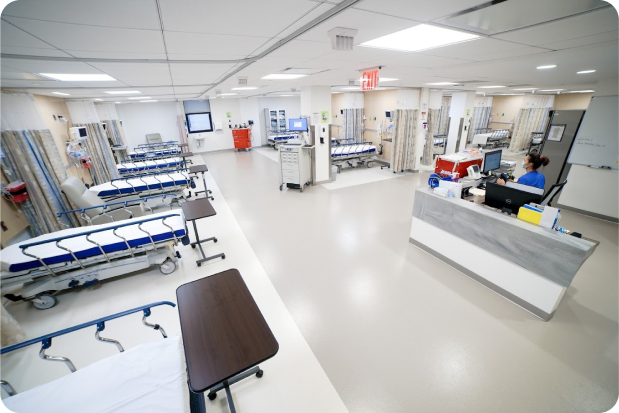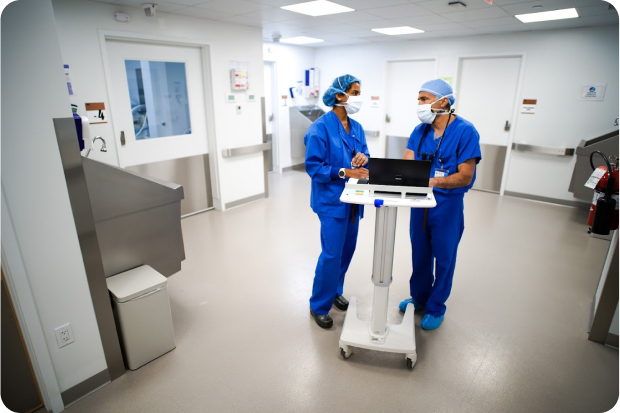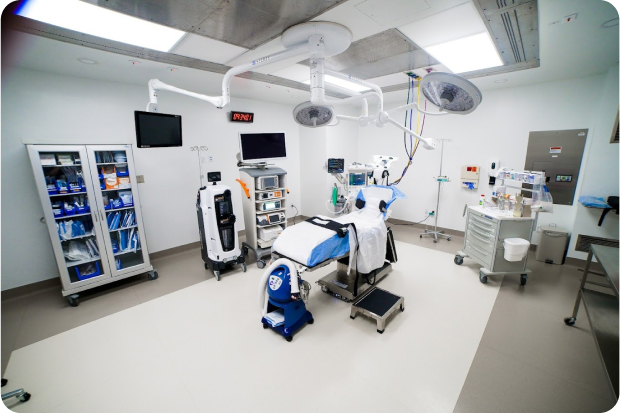 OUR LOCATIONS
Same-day Appointments Book OnlineCall to book 201.523.9590
OUR LOCATIONS
Same-day Appointments Book OnlineCall to book 201.523.9590
 OUR LOCATIONS
Same-day Appointments Book OnlineCall to book 201.523.9590
OUR LOCATIONS
Same-day Appointments Book OnlineCall to book 201.523.9590
Table of contents
Spinal stenosis occurs when parts of the spine become compressed, reducing the space available for nerves or the spinal cord. This narrowing may happen in the lumbar (lower back) region, causing leg and back symptoms, or in the cervical (neck) region, potentially affecting the arms and hands. In severe cases, it may even lead to spinal cord compression (myelopathy). Over time, this condition often develops gradually and may worsen under prolonged standing, walking, or bending.
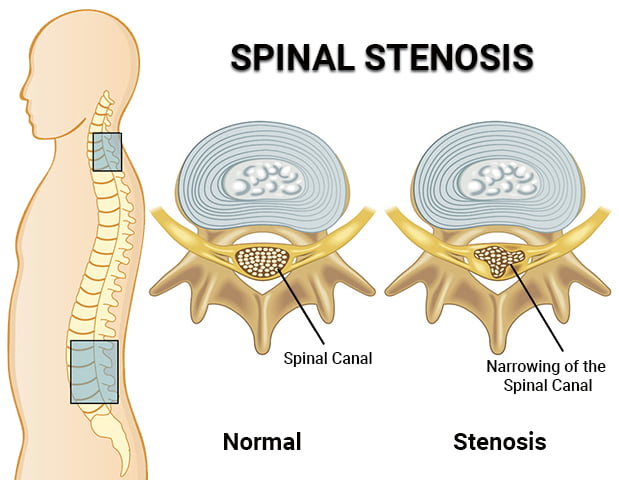 Symptoms vary depending on which area of the spine is affected, but common signs include:
Symptoms vary depending on which area of the spine is affected, but common signs include:
Symptoms often worsen during walking or standing and tend to improve when sitting or bending forward.
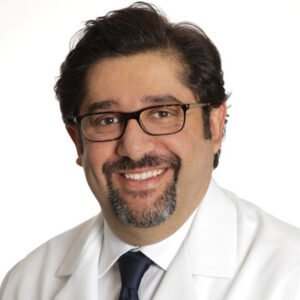 Amr Hosny, MD, MBA, FASA
Book Now
Amr Hosny, MD, MBA, FASA
Book Now
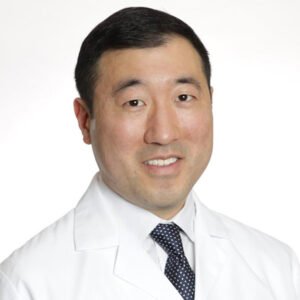 David Chu, MD, FAAPMR
Book Now
David Chu, MD, FAAPMR
Book Now
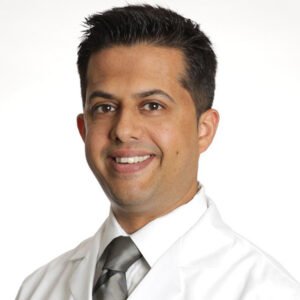 Vivek Mehta, MD, FAAPMR
Book Now
Vivek Mehta, MD, FAAPMR
Book Now
 Deepali Gupta, MD, DABA, DABPM
Book Now
Deepali Gupta, MD, DABA, DABPM
Book Now


Spinal stenosis is classified by its location and cause.
Some of the main types include:
Several factors contribute to the development of spinal stenosis, especially with age or wear:
These changes gradually reduce the space around nerves, eventually producing symptoms when nerve function is affected.
Related article: Leg Pain: Spinal Stenosis Or Something Else?
Had evaluation for spinal stenosis, etc, today had lumbar nerve block. All went very well. Dr and staff were wonderful!
Norm W. ★★★★★I like to mention that my visit was above average and informative of suggestions from my Neurologist Dr. Chu. I was examined for Spinal Stenosis and related physical problems. New Patient
Frank B.At The Spine & Rehab Group, our goal is to relieve pain, restore function, and delay or avoid surgery when possible.
We offer a comprehensive portfolio of non-surgical treatments in NYC and New Jersey:
In more advanced cases where non-surgical care doesn’t help, our specialists may recommend minimally invasive interventions or surgical options aimed at decompressing nerves and restoring spinal space.
Related article: How To Prevent Spinal Stenosis From Getting Worse
Spinal stenosis becomes increasingly common with age because normal wear-and-tear gradually affects spinal structures:
These age-related changes mean that older individuals often carry an increased risk. Early detection and careful management become more critical to maintaining function and reducing symptom progression.
Read more: Why Does Spinal Stenosis Make You Tired?
Spinal stenosis can significantly impede your comfort, mobility, and quality of life. With a team of experienced spinal specialists, The Spine & Rehab Group offers comprehensive diagnosis and evidence-based treatment strategies tailored to your specific condition and needs. Don’t wait for symptoms to worsen—take the first step toward relief and better spinal health by scheduling your consultation today.
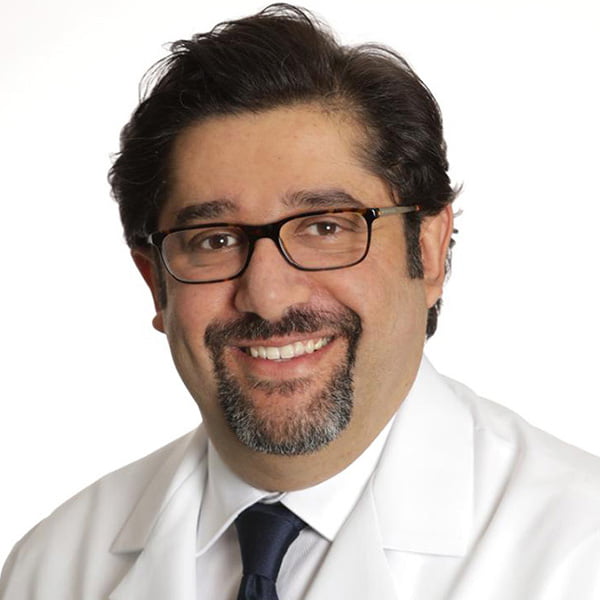
Dr. Hosny is a distinguished physician, educator, and healthcare leader with a commitment to advancing health equity and accessibility in the rapidly evolving landscape of modern healthcare. After completing his residency at St. Luke's Roosevelt Hospital Center, affiliated with Columbia University in New York City, he pursued an Interventional Spine Fellowship at Beth Israel Deaconess Medical Center, part of Harvard Medical School in Boston, MA.
Dr. Hosny has held prominent roles in academic medicine, including serving as an Associate Clinical Professor at New York Medical College and as the Interventional Spine Fellowship Program Director. These positions reflect his dedication to mentoring the next generation of healthcare professionals and advancing the field of interventional spine care.
More About Dr. HosnyThe Spine & Rehab Group
140 NJ-17,
Paramus, NJ 07652
(212) 242-8160
